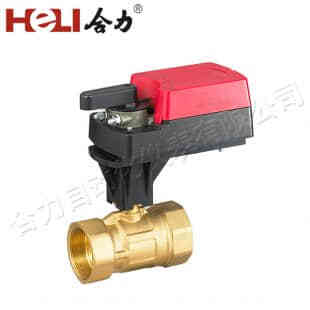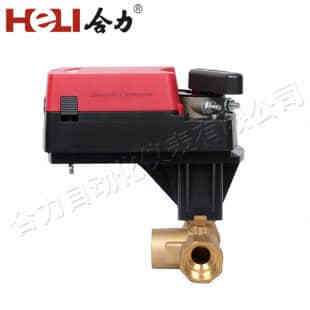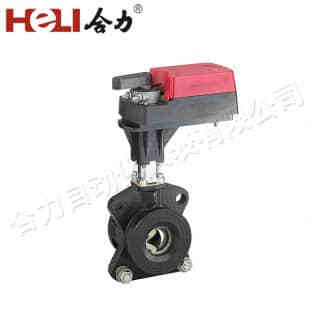Damper actuators play a crucial role in controlling the airflow within heating, ventilation, and air conditioning (HVAC) systems. These devices are responsible for regulating the position of dampers, which control the passage of air within ducts and ventilation shafts. The functionality and efficiency of HVAC systems are often dependent on the precise operation of damper actuators. In this article, we will explore the importance, types, working principles, and applications of damper actuators in modern HVAC systems.

What is a Damper Actuator?

A damper actuator is a device that automatically controls the position of a damper, which is a mechanical component used to regulate airflow. Dampers are typically found in HVAC ducts, where they help in managing the air distribution throughout a building or industrial system. The actuator receives signals from a controller and adjusts the damper’s position based on these commands. In simple terms, a damper actuator ensures that the correct amount of air is allowed to flow through the system, providing comfort, energy efficiency, and proper ventilation. Damper actuators are commonly used in both commercial and residential HVAC systems, as well as in industrial applications. They can be integrated with various automation systems, contributing to the optimization of heating and cooling, thereby reducing energy consumption and enhancing overall system performance.
